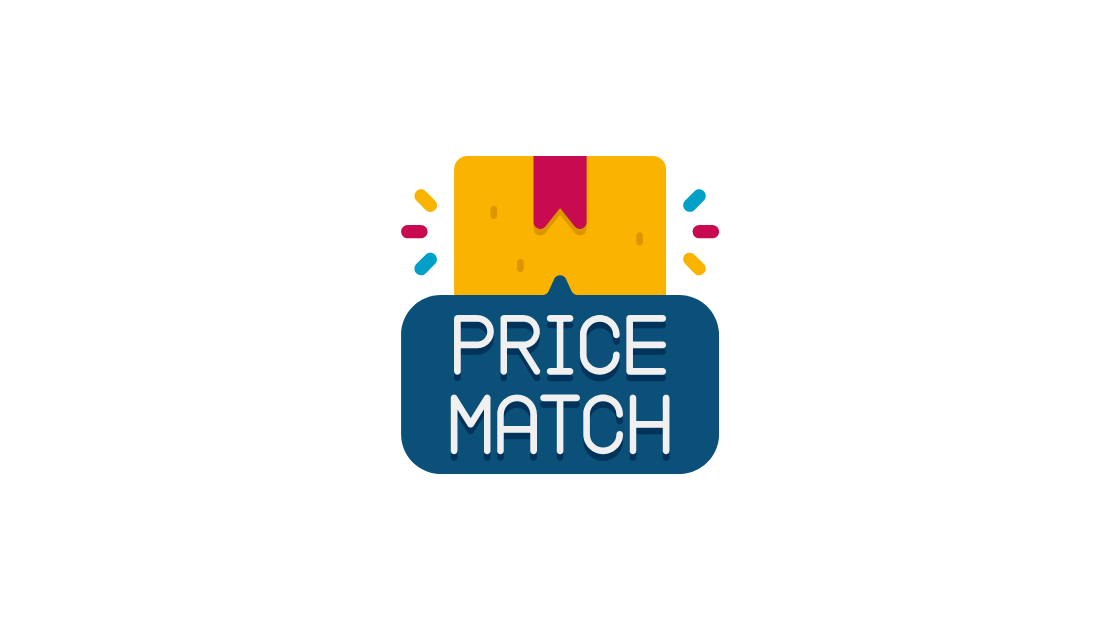Amazon Fresh launches Tesco Clubcard price-matching scheme
Last week Amazon Fresh announced that it will be launching a Tesco price-match promise in order to entice customers amid the rising cost of living. The move suggests that Amazon is keen to steal a slice of the UK grocery market and sway shoppers away from the traditional grocery retailers. The pervading question remains: will this be enough for Amazon to win grocery market share in the UK?
It is a difficult question to answer, and there will be many factors that sway consumer's decision making. However, seeing as this is a move that is primarily aimed at repeat Tesco customers who use the Tesco website for home deliveries, it is useful to compare both of the retailers’ subscription plans as a starting point.
Kicking off with Tesco, the grocery giant’s Delivery Saver Plans start from just £2.49 per month: a fraction of Amazon’s £7.99 Prime Membership. However, if customers want next day, same day or priority slot deliveries, then the cost of the plan creeps up to £4.99 and £7.99 respectively. Tesco shoppers who pay for Prime Membership in addition to their Delivery Saver Plan (there are 15 million+ Prime members in the UK), may decide that switching to an Amazon-only, once-a-month subscription is far more cost effective than paying for two lots of subscriptions. In this sense, the move will certainly sway overall intent to switch to shopping on Amazon Fresh.
However, there is something to be said for the familiarity of shopping with long-time established retailers and its significance in retention. For example, Relative Insight ran a study in 2021 and found that Tesco customers enjoy a friendly and positive relationship with their delivery drivers which is a key strength for Tesco when compared to the other retailers. Additionally, Retail Week writes that data shows the vast majority of consumers who have started shopping for groceries online did so with their established physical supermarket of choice, thanks in part to familiarity with the ranges and promotional and loyalty mechanics.
On the flip side, Statista published a report in July 2022 which shines light on some very interesting changes in consumer behaviour within grocery. It reports that on the back of post-Brexit uncertainty and growing inflation, consumer behaviour has shifted in favour of cheaper alternatives such as Aldi and Lidl.The resulting 'price wars' have led to supermarkets lowering their prices across the board, causing increased volatility in the grocery retail market. As an example, after a period of intense competition, Lidl overtook Britain’s beloved Waitrose and also went on to overtake Co-op for the first time at the end of 2020, showing that price really can be the bottom line when it comes to deciding where consumers shop.
It is difficult to say at this point in time how Tesco will react to this news. What’s certain is that this is a battle of Goliath's; Amazon has the power, but Tesco has the share. By launching this price-match scheme, Amazon is using the cost of living crisis to make a statement on their low price promise, and by doing so, it’s directly challenging the market leader. This doesn't damage Tesco, but hugely benefits Amazon who have struggled to get a foothold in the grocery market. All in all, a brilliant PR stunt.
Regarding the implications for GSCOP, we don’t see this having any impact on vendors or indeed GSCOP itself as Amazon already matches prices on grocery sites. GSCOP can't ask you to change agreements retrospectively or fund deals you haven't agreed to; but that doesn't stop them having challenging conversations with you about net profit. In time, it could increase their buying power -if Amazon increases share as a result of this move- consequently putting pressure on negotiations.
However, for Amazon, stealing a slice of the UK grocery market alone is likely not the sole incentive as margins on these products are notoriously low. In growing their Prime subscription through Grocery sales, Amazon is able to attract new customers who would not traditionally consider Amazon, or indeed Amazon Prime. Once customers have registered with Prime in order to place grocery orders, Amazon can upsell its other services and retain the customer as long-term Prime subscribers. Not only a brilliant PR stunt, but also a calculated strategic manoeuvre by Amazon.



